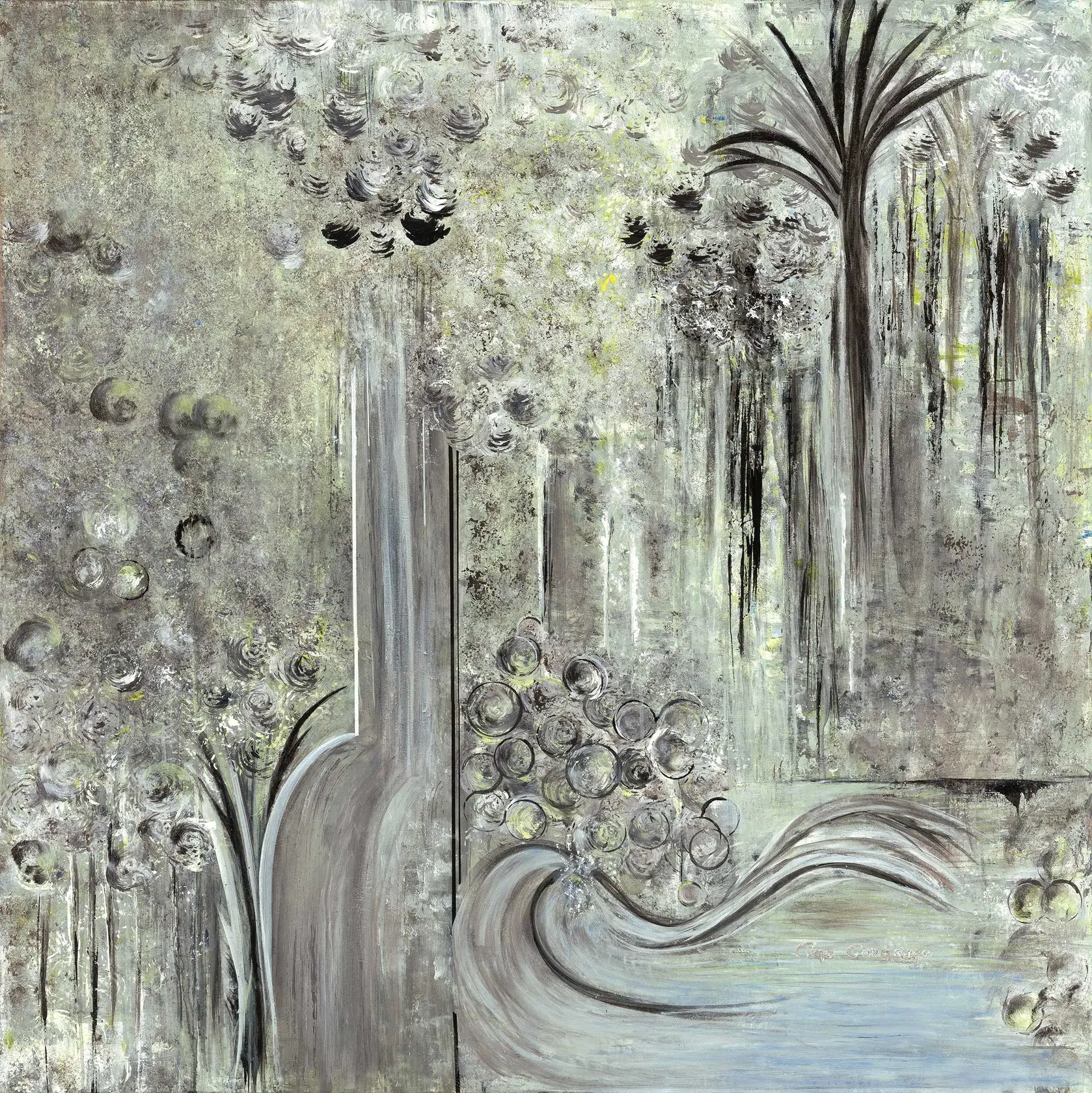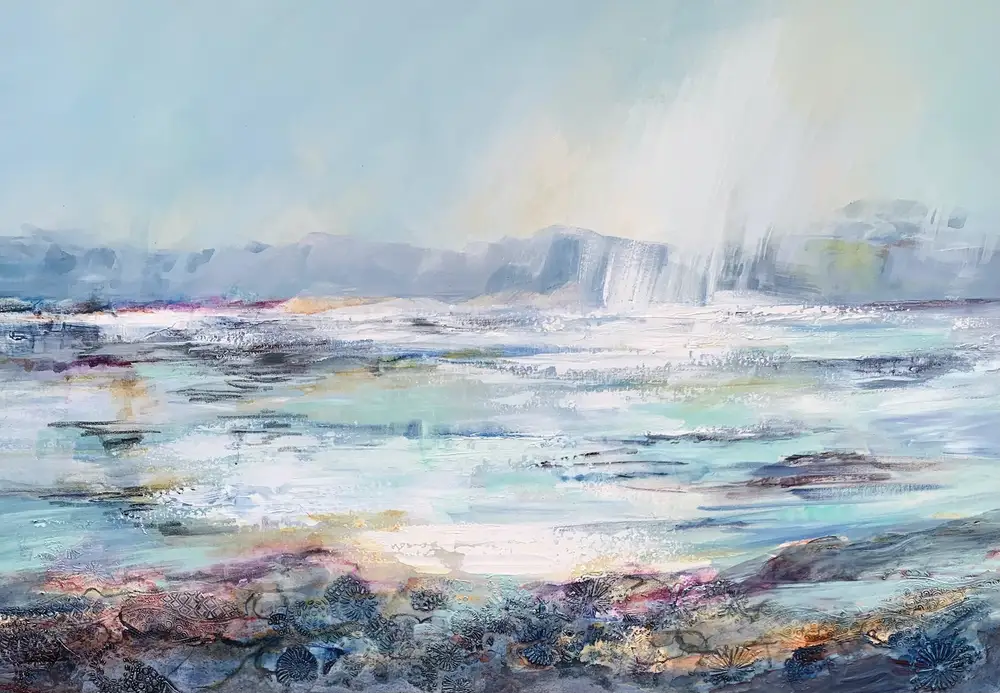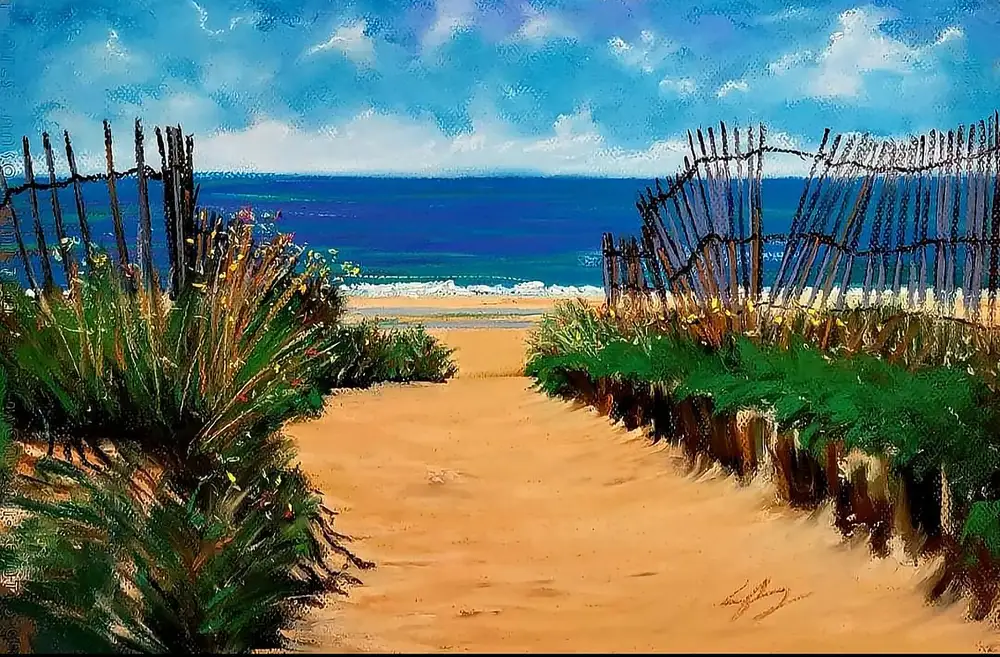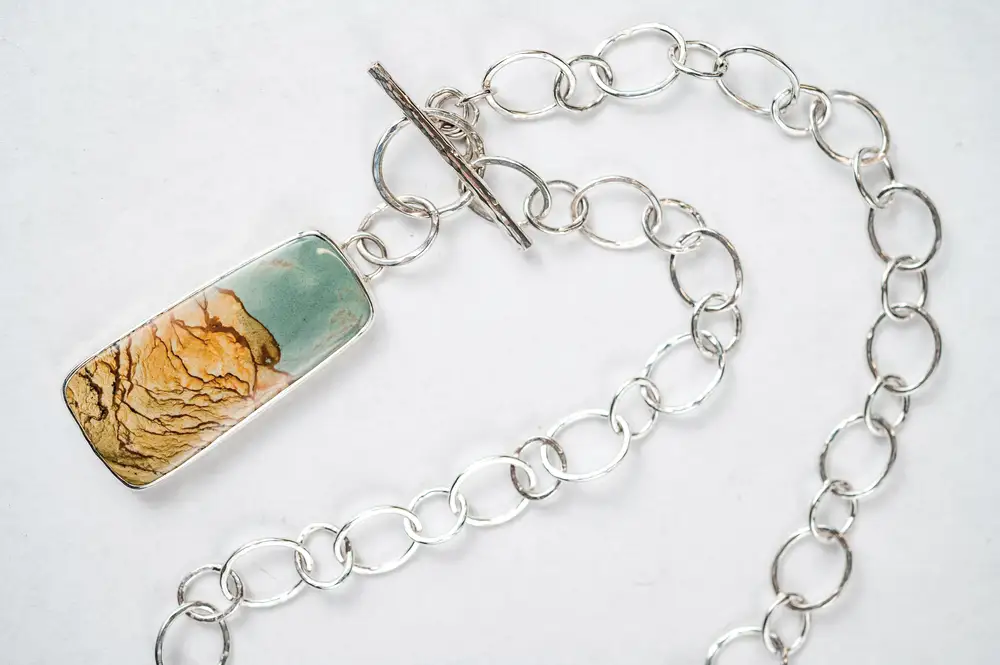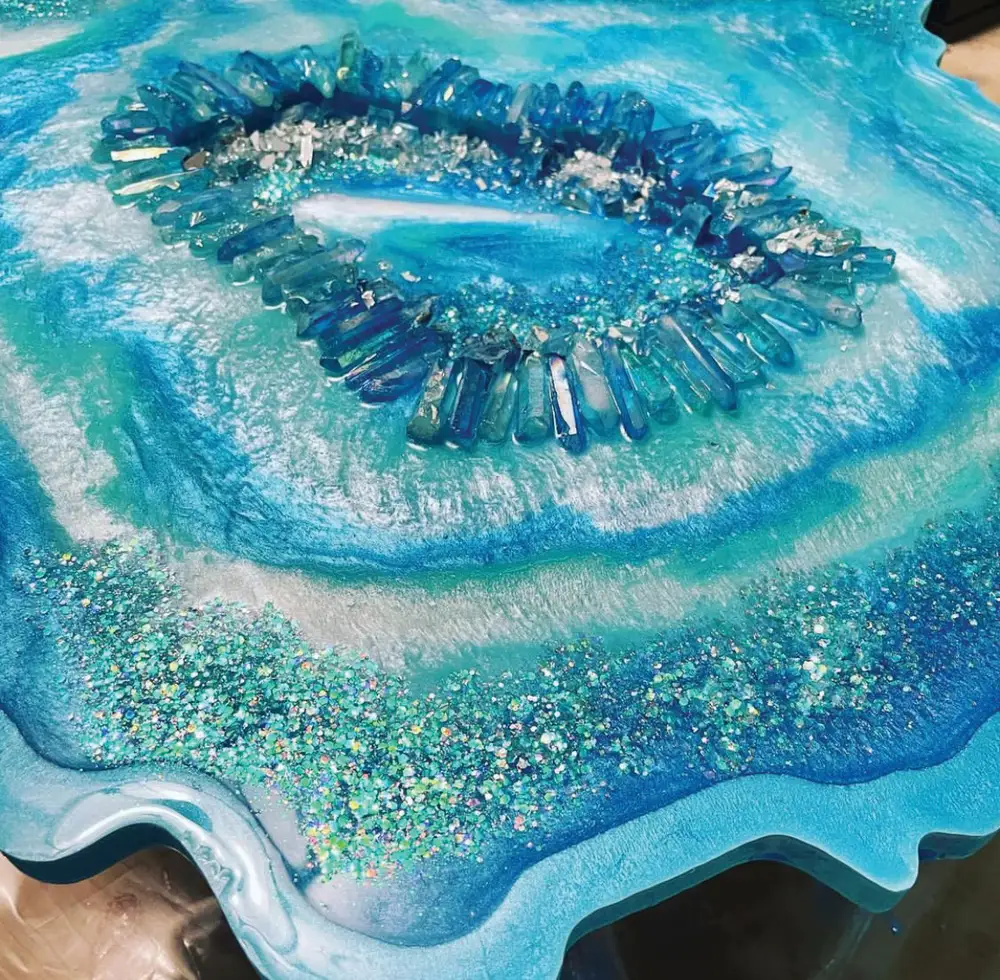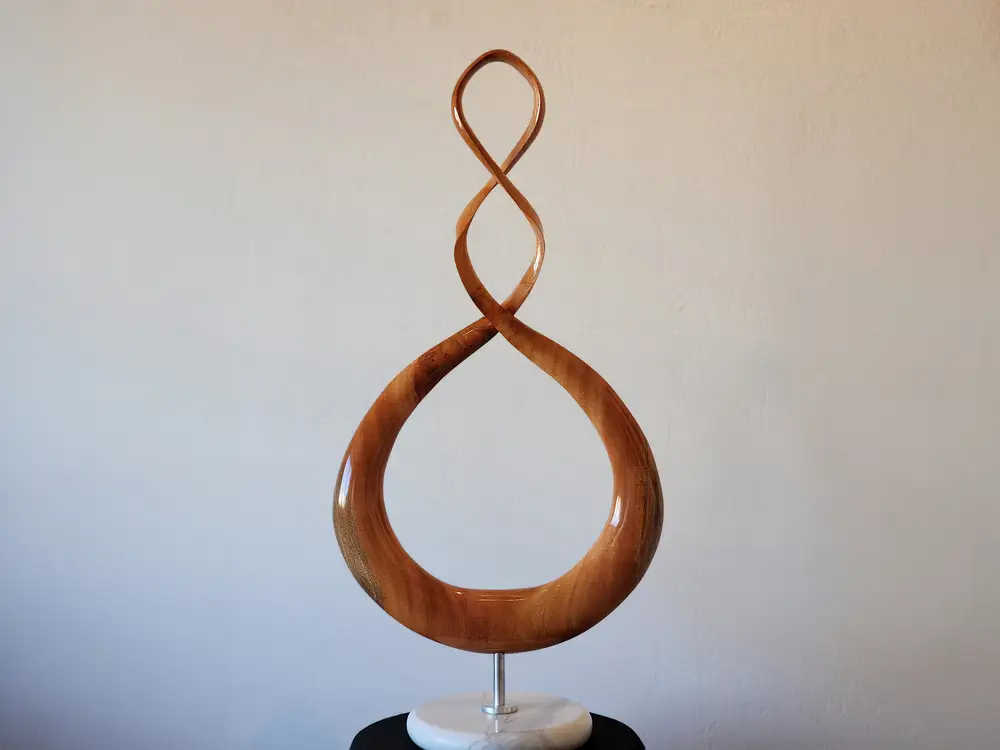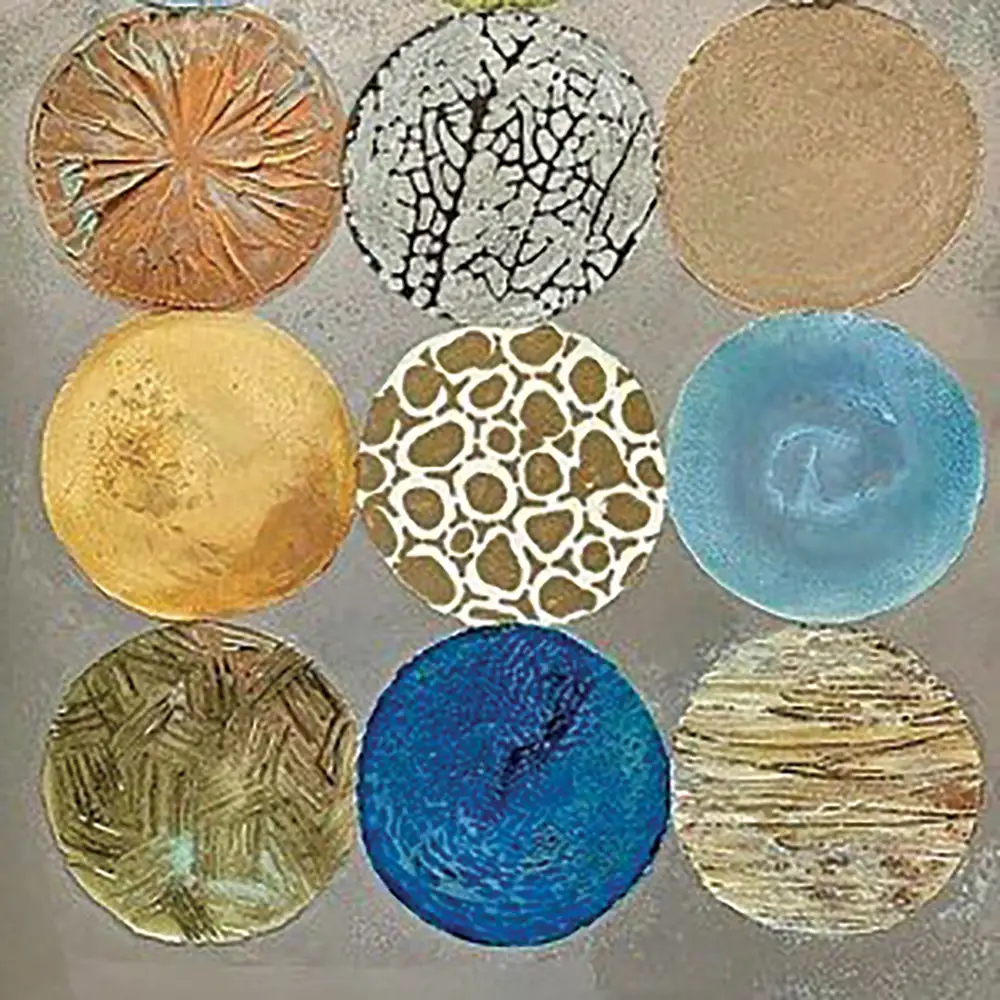Oil Pastel Art
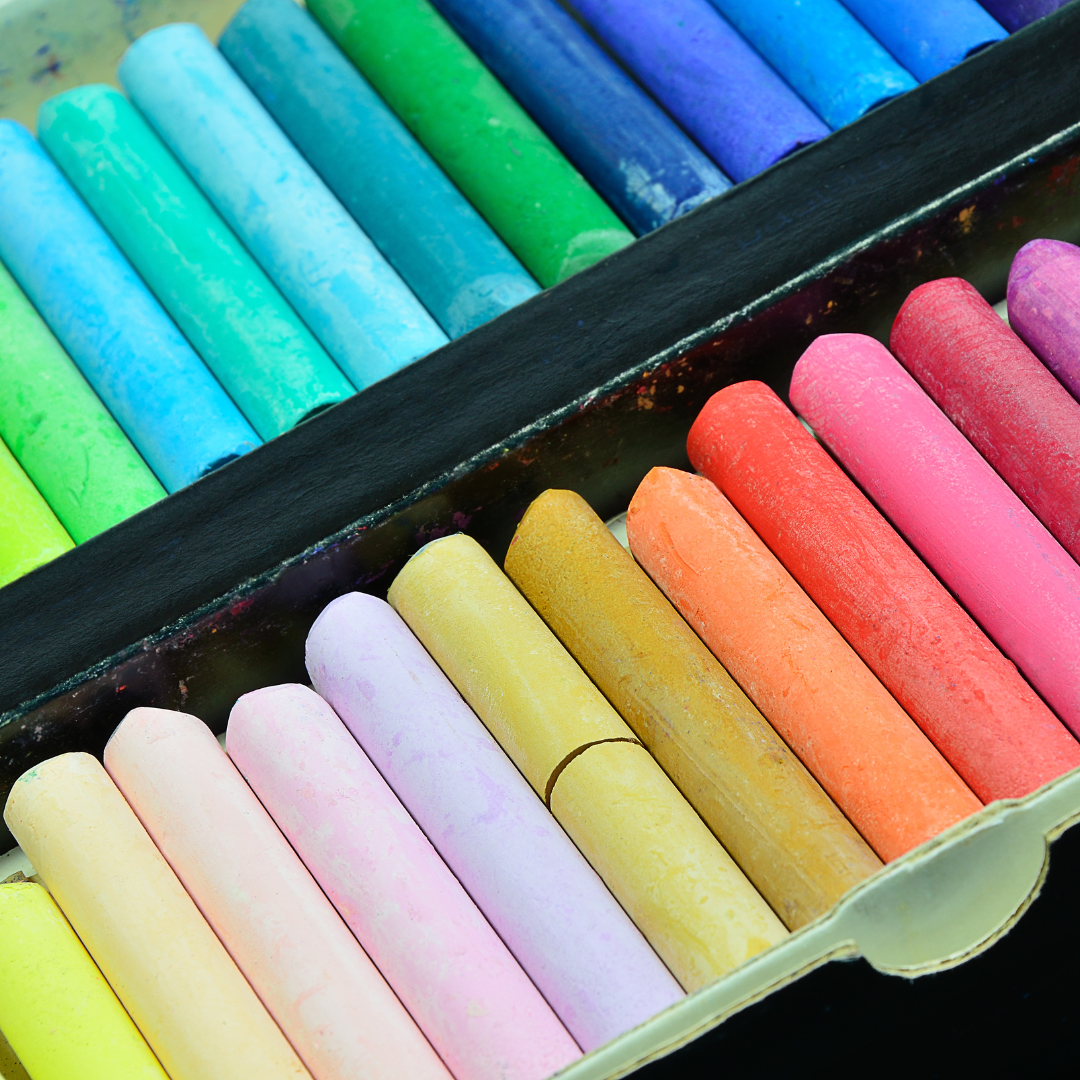
Oil pastel art is a form of drawing and painting that uses an oil-based medium formed into sticks. These sticks are made of pigment mixed with a binder that is typically a non-drying oil like mineral oil or wax and are like oil paint in a form similar to that of a crayon; they allow artists to draw or paint directly onto a surface without the need for pencils and pens or brushes and paints. Artists use them to create vibrant works of art with bold colors.
History of Oil Pastels
Oil pastels are known for their intensity of color and buttery texture. Oil pastels were first developed in Japan in the early 20th century by the company Sakura Color Products Corp. They were initially created as a replacement for traditional crayons, which were made of wax. The founder of Sakura, Seiji Kunio, sought to create a new kind of crayon that would be more resistant to heat and moisture, and that could produce more vivid colors. Kunio’s team experimented and eventually created a product they dubbed “Cray-Pas,” a combination of “crayon” and “pastel.”
Oil pastels quickly gained popularity in Japan, and by the 1950s, they found their way to Europe and the United States. Artists valued the medium for its ease of use, versatility, and intense colors. Over time, manufacturers began to develop new and improved formulations, incorporating new types of oils, waxes, and pigments. Today, oil pastels are used by artists all over the world, having evolved into a unique medium with their own distinctive properties and techniques.
| Planning a visit to Southwest Florida? Make some time to stop in at the Naples Art District! For more information, check this out: |
Oil Pastel Techniques
Oil pastels are a versatile and forgiving medium, making them popular with artists of all skill levels. They are also relatively easy to work with and can be cleaned up with simple soap and water. There are many oil pastel techniques; they allow artists to create a wide range of effects, from fine lines to broad strokes, as well as layering, blending, and mixing colors to create complex and vibrant artworks. Oil pastel art can be applied to a variety of surfaces, including paper, canvas, wood, and even glass. They The oil pastel medium is particularly well-suited to creating textured or impressionistic effects.
The Naples Art District is located in North Naples, Florida, and is home to a unique coalition of over 100 professional, working artists–the largest concentration of working artists in the Southwest Florida area. The member artists of the District work in a wide range of mediums, including several pastel artists. To learn more about the organization, its mission, and all it has to offer, please contact the Naples Art District at any time online or by calling 239-249-1977.
| RESOURCES
“Oil pastel.” Wikipedia, The Free Encyclopedia. https://en.wikipedia.org/wiki/Oil_pastel “A New Way to Look at Oil Pastels.” The Art of Education University. “A brief history of oil pastels.” Explore Oil Pastels with Robert Sloan. http://www.explore-oil-pastels-with-robert-sloan.com/oil-pastels-history.html “How to Use Oil Pastels-A Guide on the Best Oil Pastel Techniques.” Art in Context. |
